I have an img element that looks like:
<img src="header-900x600.jpg" class="header-image" alt="" width="900" height="600" style="background-color: rgb(4, 96, 247);">
With the css:
.header-image {
display: block;
max-width: 100%;
max-height: 400px;
width: auto;
height: auto;
}
Now this is meant to force the image to resize to be max-height: 400px, or max-width: 100% whilst keeping its aspect ratio. Although when loading the image collapses into:
And after the image loaded, it pushes the text down:
I thought that since the image has the width and height inline, the browser would know it's aspect ratio already, and the image wouldn't be jumping around? Is there something I am missing?
All I want is the image element, before the image source has loaded, to be in the same aspect ratio as the image will be. Making the layout not jump around!

